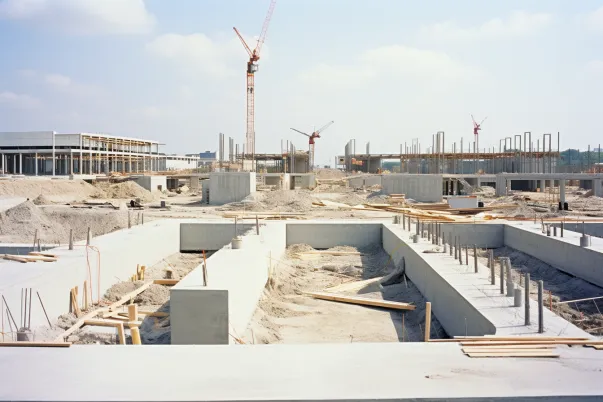In the world of construction and maintenance, one material that often gets overlooked but plays a crucial role in many structures is concrete. Whether it’s a driveway, patio, or flooring, concrete surfaces take a lot of beating over time. That’s where sealing concrete comes into play. In this comprehensive guide, we will explore the when, why, and how of sealing concrete surfaces. Whether you’re a homeowner looking to protect your investment or a contractor seeking to provide the best service to your clients, this article will equip you with all the essential knowledge and tips.
When should you seal concrete surfaces?
Sealing concrete surfaces is typically done when the material is new and fully cured. While there is no set time, it’s generally recommended to wait for at least 30 days after installation. This waiting period allows the concrete to fully cure and gives enough time for any excess moisture to evaporate. Sealing too early can trap moisture, leading to issues such as efflorescence and spalling. On the other hand, it is never too late to seal concrete, even if it has been years since it was installed. Sealing can rejuvenate old, worn-out surfaces and provide an extra layer of protection against future damage.
Why should you seal concrete surfaces?
Sealing concrete surfaces offers a myriad of benefits that make it a worthwhile investment. Firstly, it acts as a barrier to prevent moisture intrusion. Moisture can wreak havoc on concrete, causing cracks, erosion, and even mold growth. By sealing the surface, you create a protective layer that prevents water and other liquids from seeping in. Secondly, sealing reduces the likelihood of stains. Concrete is porous, making it susceptible to staining from oil spills, chemicals, and even food and beverage spills. Sealing fills in these pores, making it easier to clean and maintain the surface. Additionally, sealing enhances the overall appearance of the concrete. It can deepen the color, add a subtle sheen, and highlight the texture of the surface. Lastly, sealing can extend the lifespan of the concrete by protecting it from freeze-thaw damage, UV rays, and general wear and tear.
How should you seal concrete surfaces?
When it comes to sealing concrete surfaces, there are different methods and products available, depending on the desired outcome and the specific use of the surface. One common method is using a penetrating sealer. This type of sealer penetrates into the concrete, chemically reacting with it to form a protective barrier. Penetrating sealers are often recommended for outdoor surfaces and areas with high moisture exposure. Another popular option is a topical sealer, which sits on top of the concrete and forms a protective film. Topical sealers come in various finishes, including matte, gloss, and semi-gloss, allowing you to choose the best appearance for your project.
Before applying any sealer, it’s crucial to properly prepare the concrete surface. This involves thoroughly cleaning it and removing any stains, dirt, or debris. Additionally, if the concrete surface has existing sealant or coating, it needs to be stripped before applying a new sealer. Once the surface is clean and dry, the sealer can be applied using a roller or sprayer, following the manufacturer’s instructions. It’s essential to apply the sealer evenly and avoid excessive buildup, as it may result in a hazy or uneven appearance.
After applying the sealer, allow sufficient drying and curing time as recommended by the manufacturer. Typically, it takes about 24 to 48 hours for a sealer to dry, but curing time may vary depending on factors such as temperature and humidity. Avoid heavy foot traffic or exposing the sealed surface to water or other substances during the curing process.
In conclusion, sealing concrete surfaces is a vital step in maintaining their integrity, appearance, and longevity. Whether you’re working with new concrete or revitalizing an old surface, sealing provides a protective barrier against moisture, stains, and damage. By understanding when to seal, why to seal, and how to seal concrete surfaces, you can ensure optimal performance and aesthetics for years to come. So, don’t overlook the importance of sealing concrete – it’s a small investment that can yield significant returns in the long run.
